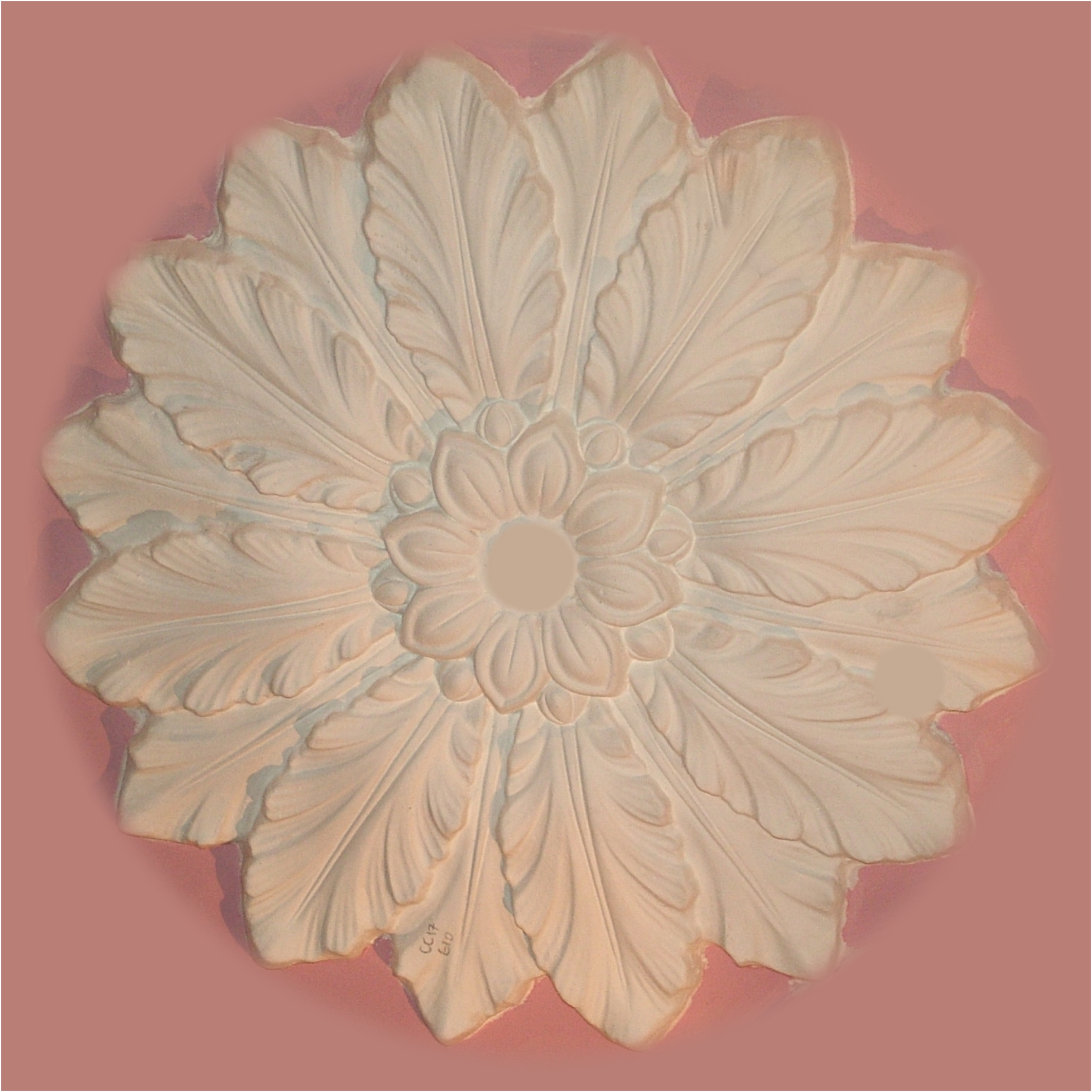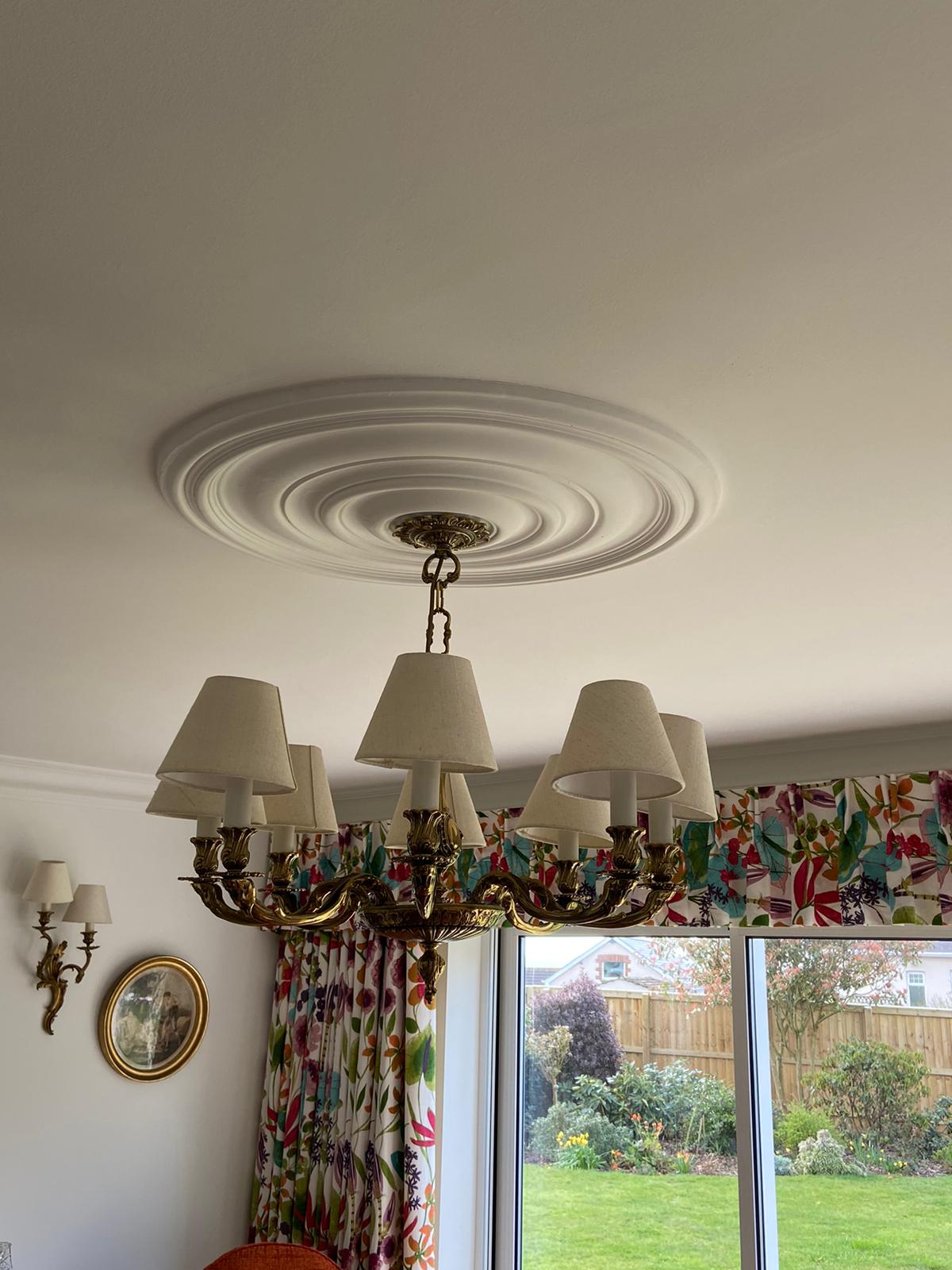Ceiling centres have been a prominent design element in traditional homes for centuries. These decorative features, also known as ceiling roses or medallions, add a touch of elegance and charm to any room. With intricate designs and detailed craftsmanship, traditional ceiling centres have become a symbol of sophistication and luxury. From grand mansions to modest cottages, these stunning adornments have stood the test of time and continue to be a sought-after design element in modern homes.
In this article, we will explore the history and significance of traditional ceiling centres and how they can enhance the beauty and character of any living space. Whether you are a homeowner looking to add a touch of tradition to your home or an interior designer searching for the perfect finishing touch, join us in discovering the beauty and allure of traditional ceiling centres.
The History of Ceiling Centres
Originally, ceiling roses were employed in historic residences throughout the United Kingdom to safeguard the ceiling from potential harm caused by gas lighting. Over time, these intricate embellishments have experienced a remarkable revival, serving as essential elements in bestowing period homes nationwide with their distinctive allure and personality.
When undertaking the renovation of a historic dwelling, it becomes imperative to discern whether the architectural features are authentic or subsequent additions. Acquiring an understanding of the motifs that characterised each era will undoubtedly assist in determining the originality of the various features within one’s abode.
You can trace the first ceiling roses as we know them today back to the Georgian era (1714–1830). Characterised by ornate and extremely intricate designs, the early Georgian roses featured classical motifs such as acanthus leaves, rosettes, and Greek key patterns. These designs aimed to emulate the elegance of ancient Roman and Greek architecture, reflecting the neoclassical movement prevalent during this period.
Georgina era
During the early Georgian era, spanning from 1714 to 1765, a notable shift in ceiling decoration occurred, foreshadowing the design trends prevalent in countless period homes today. Ceilings of this time exhibited a distinct composition, typically featuring a cornice along the edges and a circular element at the centre.
In contrast to the previous era’s penchant for bold and ostentatious ornamentation, the Palladian style emerged as the dominant influence, characterised by shallower relief and a more delicate aesthetic. While classical motifs remained prevalent, the Rococo style exerted its influence, introducing charming depictions of birds, leaves, and shells.
Additionally, the era witnessed the emergence of neoclassical detailing, evident in the decorative plaster roses that adorned many ceilings during this period.

Victorian Traditional Ceiling Centres
During the Victorian era, between 1837 and 1901, the inclusion of decorative plaster ceiling roses became an integral part of ceiling embellishment. Even in more modest households, traditional ceiling centres were commonly paired with plain cornicing in most rooms, while more elaborate designs adorned the entrance hall and drawing room. The Victorian era was a time when interior design was far from reserved.
The newly prosperous middle classes desired to flaunt their wealth, resulting in the use of various decorative elements such as flowers, fruits, birds in flight, festoons, and the ever-popular acanthus leaf. Furthermore, the advent of fibrous plaster played a pivotal role in ensuring that decorative ceiling centres found their way into every home. This innovative method enabled the casting of these roses in a dedicated workshop, making them readily available for purchase rather than employing the expensive process of on-site manufacturing.
The casting technique also allowed for the creation of intricate and deeply textured embellishments, enhancing the visual impact. Additionally, the introduction of square dentils became more manageable, along with the incorporation of elaborate scrolls.
19th and 20th century Traditional Ceiling Centres
During the transition from the 19th to the 20th centuries, the realm of design witnessed a notable transformation. The emergence of the Art Nouveau movement, spanning the late 1800s to the early 1900s, brought forth a new wave of inspiration derived from the beauty of nature. Designs began to incorporate flowing, organic motifs, such as floral patterns, sinuous lines, and depictions of vines, flowers, and insects. These elements found their way onto ceiling roses, symbolising a rebellion against the rigid geometries of the past.
The vibrant era of the 1920s, famously known as the “roaring twenties,” ushered in the Art Deco movement. Ceiling roses embraced a fresh and bold identity during this time, as designs embraced symmetry, clean lines, and geometric shapes. Particularly popular in reception rooms and hallways of period homes, Art Deco ceiling roses exuded glamour and a sense of modernity, perfectly capturing the spirit of the era. Following the austerity of World War II, a notable shift towards simplicity and functionality emerged in design.
Ceiling roses during the post-war period adopted a more understated approach, featuring clean lines and simple floral motifs. The ostentatious display of wealth was no longer considered appropriate in post-war England, and thus, the emphasis shifted towards a more humble and modest aesthetic.
70’s-80’s Traditional Ceiling Centres
In recent years, there has been a noticeable trend towards reintroducing architectural elements that were removed from homes during the 1970s and 1980s. One feature that has gained popularity in modern interior design is the use of ceiling roses. This has led to the emergence of a new design style known as modern Victorian, which represents a fusion of traditional and contemporary aesthetics. Homeowners are now embracing the concept of incorporating texture and visual interest into their living spaces.
The range of contemporary motifs is extensive, ranging from minimalist and abstract designs to subtle nods to historical periods. The inclusion of ceiling roses in various rooms has surpassed their original purpose and now serves to enhance the visual impact of these decorative elements in all areas of the home.




Modern-day
Abby Mouldings prides itself on its unmatched skill and craftsmanship in the intricate art of crafting and installing plaster ceiling centres in Devon. With a team of highly skilled experts, we have the ability to bring to life designs that span the entire spectrum of beauty, from the captivating elegance of the Victorian era to the vibrant allure of contemporary styles.
Our unwavering dedication to perfection ensures that you can trust us to deliver nothing short of absolute excellence. If you have a specific vision in mind, our talented craftsmen are eager to discuss and meticulously tailor the plaster mouldings to your precise specifications.
Moreover, if you require the restoration of damaged or broken plaster ceiling centres in Devon, we possess the remarkable ability to recreate the current design with unparalleled precision and accuracy.
Located conveniently in Newton Abbot, we extend our exceptional services not only to customers in Devon but also to those in Cornwall and Somerset. Furthermore, we are even prepared to venture beyond these borders if necessary.
We invite you to contact us today and discover more about our extraordinary ceiling centres in Devon.
Hand-crafted traditional ceiling centres in Devon by Abby Mouldings
At our Devon-based workshop, the esteemed Abby Mouldings, we have a team of highly skilled artisans who are dedicated to creating exceptional ceiling centres. We take immense pride in our meticulous craftsmanship, ensuring that each piece is crafted with the utmost care and precision. Our commitment to traditional techniques is unwavering, as we exclusively use authentic plaster materials. What sets our cornice apart from ordinary coving is its grand scale and intricate ornamental details.
Drawing inspiration from the architectural magnificence of ancient Greek and Roman civilisations, our resplendent dentil, egg, and dart-style cornices pay homage to their timeless splendour. But that is not all. Our collection also features bold and robust geometric cornices, inspired by the captivating aesthetics of the Art Deco era. These magnificent pieces can be found adorning numerous heritage and period properties, infusing their interiors with an everlasting touch of elegance.

Buy Online with Confidence
Our products are manufactured using the highest quality materials and traditional techniques, methods and plasters, hessian and timber lathes by our master craftsmen so you can be assured of receiving the highest quality products.

Restoration Specialists
For over 30 years Abby Mouldings have been proudly restoring, manufacturing and fitting quality plaster mouldings for domestic and commercial period, listed and heritage properties across Devon, Cornwall, Somerset and beyond.

Traditional Plastering Services
Our plastering service includes all types of internal wall and ceiling plaster, external plastering including lime plaster, ceiling repair and restoration of heritage ceilings including strapwork and ornate plaster ceilings and insurance work.




